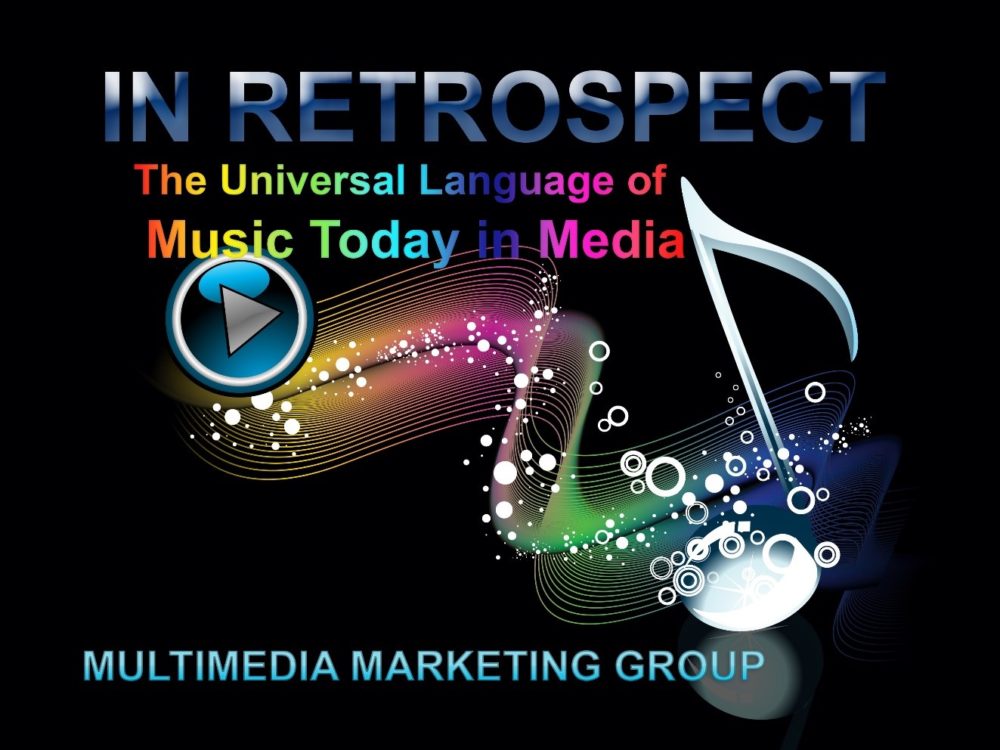
“Music gives a soul to the universe, wings to the mind, flight to the imagination and life to everything.” ― Plato
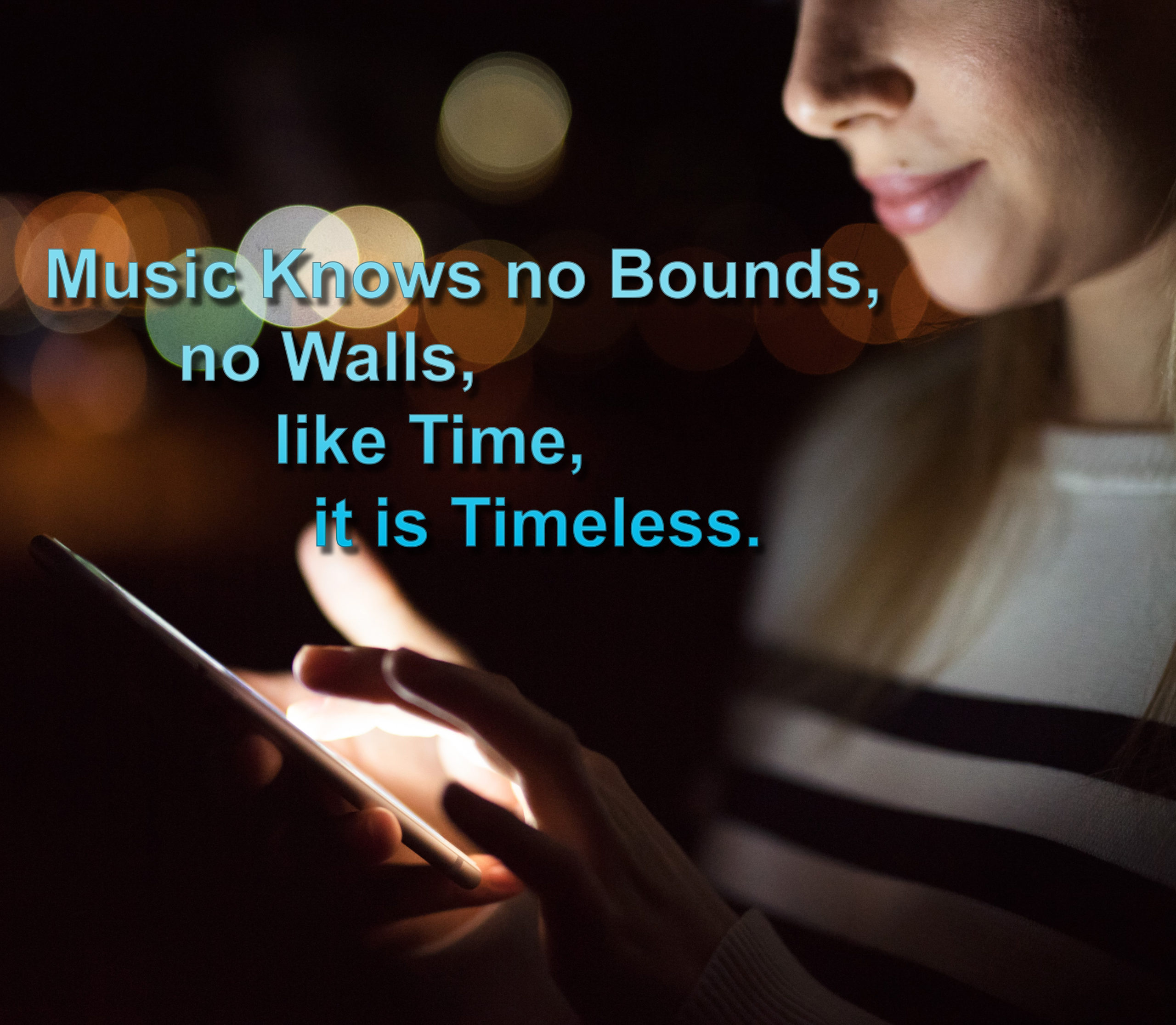 The Universal Language of Music Today according to our friends at Wikipedia, Music is found in every known culture, past and present, varying widely between times and places. Since all people of the world, including the most isolated tribal groups, have a form of music, it may be concluded that music is likely to have been present in the ancestral population prior to the dispersal of humans around the world. Consequently, the first music may have been invented in Africa and then evolved to become a fundamental constituent of human life.
The Universal Language of Music Today according to our friends at Wikipedia, Music is found in every known culture, past and present, varying widely between times and places. Since all people of the world, including the most isolated tribal groups, have a form of music, it may be concluded that music is likely to have been present in the ancestral population prior to the dispersal of humans around the world. Consequently, the first music may have been invented in Africa and then evolved to become a fundamental constituent of human life.
The language of music is the language we can all understand throughout the globe. No matter what culture we herald from, we don’t even need words to understand what music is saying to us.
Like wisdom, music indeed, knows no borders. It is created in the moment as well as being a continuation of all those who have gone before us and all those who will live into the future. The roots of music are everywhere. In our hearts, our body and in our mind. Music does not know of languages, Music knows no bounds, no walls, like time, it is timeless.
The Oldest Song Ever
The oldest song ever created, a ‘sheet’ of music was discovered in the ancient Syrian city of Ugarit and referenced back to around 3400 years ago. Ugarit, Syria is the birthplace of alphabet and music notation. The interpretation of the music notation of Ugarit has had several “reconstructions” which have been published. Professor Anne Draffkorn Kilmer, who works as the curator at the Lowie Museum of Anthropology at Berkeley, spent fifteen years deciphering the clay tablets which were uncovered and excavated in Syria by French archaeologists in the early 1950s.
This Ugaritic hymn was arranged into a melancholic piano work preserving its rhythmic structure and building a musical bridge to the past. The song of this woman’s marriage was filled with pain at not having children for her husband and her family. Apparently, the song is a lament, “the plaintive cry of an infertile woman” seeking the answer to her barrenness from the moon goddess
This is one of several arrangements. Syrian composer & pianist Malek Jandali’s album “Echoes from Ugar.”
“Music is the great uniter. An incredible force. Something that people who differ on everything and anything else can have in common.” ― Sarah Dessen
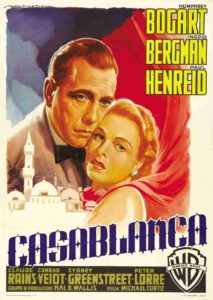 Music & Visual Syntax Harmoniously Living Together
Music & Visual Syntax Harmoniously Living Together
Before modern films that we see today that have synchronized voices and amazing sound effects, the first films relied on over the top acting and of course music to set the theme, tone, mood and tenor of a film. That music created ambiance for the viewer. It added up to the experience of ‘Suspended Disbelief,’ then, as well as now. A movie in a theater, a YouTube video or social media trailers without music? Probably not.
Music unites not only an audience, but folks viewing on social media and even in your own family living room. How many times have you heard a specific piece of music and immediately associated it with a certain movie? Jaws perhaps? Star Wars? Toy Story? Or what about The Wizard of Oz or Singing in the Rain?
Time has made this a universal message of mood and cognitive reality. It creates emotion and motion right down to our tipping toes, that are perhaps taping out the beats right now. Let’s hear it for Indiana Jones and the Raiders of the Lost Ark! DUN… DUH… DA!
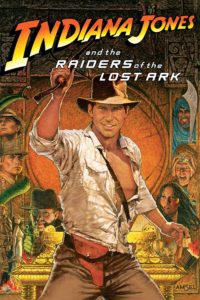 It is scientifically proven that music enhances brain functioning through the element of focus. When a person listens to sounds over and over, especially for something as harmonic or meaningful as music and speech, the appropriate neurons get reinforced in responding preferentially to those sounds compared to other sounds. This neural behavior was examined in a study that looked at the degree of auditory cortex responsiveness to music which you can further investigate at Live Science. (Link) https://www.livescience.com/2953-amazing-power-music-revealed.html
It is scientifically proven that music enhances brain functioning through the element of focus. When a person listens to sounds over and over, especially for something as harmonic or meaningful as music and speech, the appropriate neurons get reinforced in responding preferentially to those sounds compared to other sounds. This neural behavior was examined in a study that looked at the degree of auditory cortex responsiveness to music which you can further investigate at Live Science. (Link) https://www.livescience.com/2953-amazing-power-music-revealed.html
Emotions that are triggered in a Film Presentation
Music effects the brain and changes the viewers mood. Want to make people feel happy, use songs that are happy, surprisingly this works the other way around as well. Believe it or not, sad music can be enjoyable, rather than simply depressing. Sad music can trigger positive memories that can help to elevate our mood. A new study provides insight on what’s going on inside our brains. This study was conducted by researchers at Durham University in the UK and the University of Jyväskylä in Finland. The researchers analyzed substantial scaled surveys, covering 2,436 people in total, and found that there was a wide spectrum of responses to wistful songs. Three key responses and components stood out in particular: pleasure, comfort, and pain. There are two reasons for this. One from social psychology, and one from cognitive neuroscience. Psychologist Adrian North from Curtin University in Australia states, “In terms of social psychology, one way of thinking about this is that we feel better about ourselves if we focus on someone who’s doing even worse, a well-known process known as downward social comparison.”
 Everything’s going to be okay, because this person is having an even worse day than I am. Adrian North also states that “another hypothesis from social psychology is that people like to listen to music that mirrors the tone of their current life circumstances – the songs act as a sort of tuning fork for our own situations, and they resonate with us.
Everything’s going to be okay, because this person is having an even worse day than I am. Adrian North also states that “another hypothesis from social psychology is that people like to listen to music that mirrors the tone of their current life circumstances – the songs act as a sort of tuning fork for our own situations, and they resonate with us.
Through the ‘Art’ of Film
The second group of options, which North thinks is more convincing, is centered on neuroscience and the chemical processes going on inside our minds. “Some scientists think melancholy music is linked to the hormone prolactin, a chemical which helps to curb grief. The body is essentially preparing itself to adapt to a traumatic event, and when that event doesn’t happen, the body is left with a pleasurable mix of opiates with nowhere else to go. Thanks to brain scans, we know that listening to music releases dopamine – a neurotransmitter associated with food, sex, and drugs – at certain emotional peaks, and it’s also possible that this is where we get the pleasure from listening to sad tunes,” concludes North.*
 When we watch an emotionally charged scene in a movie, listen to a poignant song, or view a tragic visual as art rather than reality, we can find a melancholy but pleasurable attribute within its context and milieu. This hypothesis suggests sadness is handled differently by our minds when we experience it through the art of film rather than first-hand.
When we watch an emotionally charged scene in a movie, listen to a poignant song, or view a tragic visual as art rather than reality, we can find a melancholy but pleasurable attribute within its context and milieu. This hypothesis suggests sadness is handled differently by our minds when we experience it through the art of film rather than first-hand.
“First comes a thought; then organization of that thought, into ideas and plans; then transformation of those plans into reality. The beginning, as you will observe, is in your imagination.” Napoleon Hill
Confronted with sound stimuli, this powerful medium we call music, can transform static, mundane presentations into rich, engaging user experiences that promote, educate, excite and engage the viewer. As communicators we have the opportunity to integrate those ideas very tightly. We can control exactly what’s shown on the face and what else is present on screen. This in conjunction with the mood of the music, the viewer has much less opportunity to walk away or focus on other things because we have tapped into the viewer’s mindset as music is our tool. We examine each part as a communication tool, to create rich content for a filmed presentation before it can become whole.
Whole-Part-Whole in Transmedia storytelling in 2020
“Whole-Part-Whole” is one method that can be useful and most effective when creating content for your brand that consist of very distinguished parts. Because of music’s impact combined with visual syntax on a viewer of content, Video through filmed presentations is the best, and most salable way of presenting your brand’s complete identity.
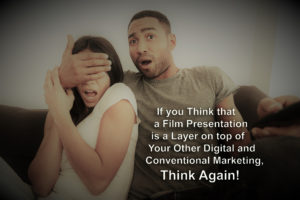 Motion Video working hand in hand with music, is the only media that can bring all these elements together. It can show off your company’s full identity to help you make more personal connections with your audience.
Motion Video working hand in hand with music, is the only media that can bring all these elements together. It can show off your company’s full identity to help you make more personal connections with your audience.
Corporate Branding doesn’t work well with video if it is only an afterthought. If you perceive and think that a film presentation is a layer on top of your other digital and conventional marketing, think again. Instead, to be effective, it must come from the very core foundations of the business — the collective ideas, values, and actions of the people within your business. The concept of brand affinity really relies on the importance of “affinity.” According to Psychology Today, Oxytocin is a powerful hormone that acts as a neurotransmitter in the brain. It influences social interaction (compassion, empathy and bonding). Because video is the most direct human-to-human creative medium on the web, it is indeed the medium that can help you create the strongest bonds with your audience. Why do we watch an hour and half to a two-hour movie? The combination of music, imagery, audio, and narrative allows you to say and show a great number of things all at once. Try to do the same thing with a twelve-hundred-page novel. You know exceedingly well that video has shaped the way social media platforms are now operating. Facebook, Twitter, Instagram, LinkedIn, Pinterest, Mashable, TikTok- all have native video platforms targeting an audience.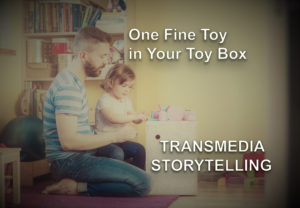
Music to my Ears
Confused yet? Let me tell you a story. Flash back to when you were a kid. Think of time you were given a brand-new toy. Ok? This toy you got in the box can be used in simple ways. To get the most out of the toy you will have to read the instructions. The first instinct you and most other kids have is to open the box and start using the toy! You start playing with the toy based on how you interpret it. However, suddenly you realize you are having trouble using the toy in a variety of ways or even putting it together. So, what do you do then? Yep. You turn to the instructions. At this point you take out the instructions and you read them step by step and look at the pictures. You start to fantasize it’s use.
Once you had learned how to put it together or use it appropriately then you went back to using it. Once you fully understood how to play with it or put it together you had begun to master the enjoyment of the toy.
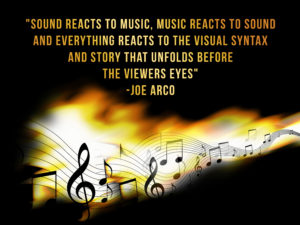 Corporate branding is just one toy in your toy box. However, your toy box is Transmedia Marketing, and the concept of the “Whole-Part-Whole” marketing philosophy is a filmed presentation. This will put all the pieces of your brand together for your customer, client or viewer and they will never view your brand the same way. They then become the brand ambassadors of the collective ideas, values, and actions of all you do. Music does that. Visuals do that. Story does that. Put them all together and you will have one fine toy in your toy box!
Corporate branding is just one toy in your toy box. However, your toy box is Transmedia Marketing, and the concept of the “Whole-Part-Whole” marketing philosophy is a filmed presentation. This will put all the pieces of your brand together for your customer, client or viewer and they will never view your brand the same way. They then become the brand ambassadors of the collective ideas, values, and actions of all you do. Music does that. Visuals do that. Story does that. Put them all together and you will have one fine toy in your toy box!
Now that is Music to my ears. ????
“Film as dream, film as music. No art passes our conscience in the way film does, and goes directly to our feelings, deep down into the dark rooms of our souls.” ― Ingmar Bergman
President, Multimedia Marketing Group Distinguished 20+ year career introducing Marketing strategies to drive growth within intensively competitive markets, expert in creating the vision, identifying opportunities, creating high-quality products and services, delivering strong revenues and profits, and positioning start-up and existing businesses for sustainable growth. LinkedIn https://www.linkedin.com/in/joseph-arco-2353b414/
Further Resources Sighted in this Blog:
*Memorable Experiences with Sad Music—Reasons, Reactions and Mechanisms of Three Types of Experiences. https://journals.plos.org/plosone/article?id=10.1371/journal.pone.0157444
*The degree of auditory cortex responsiveness to music which you can further investigate at Live Science. https://www.livescience.com/2953-amazing-power-music-revealed.html
What Is Oxytocin?
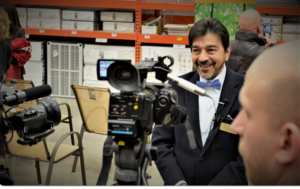
Recent Comments